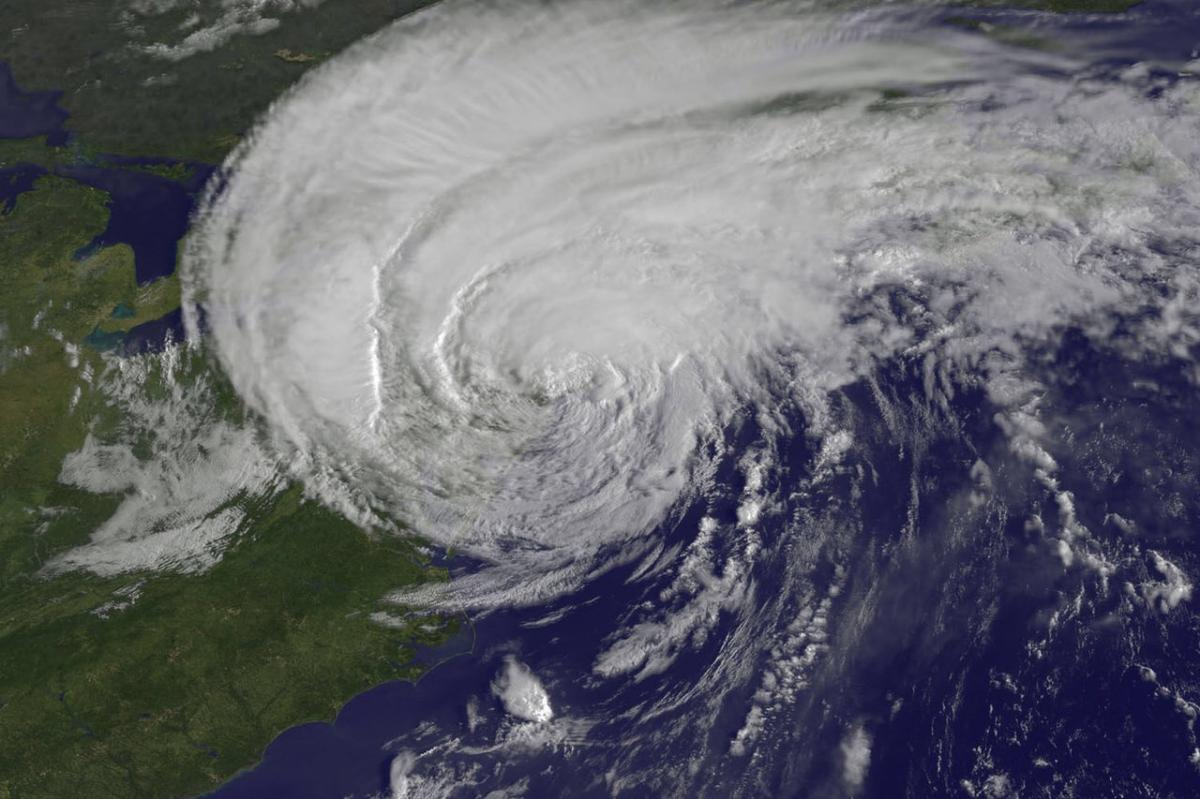D: It’s really coming down, isn’t it, Yaël? Do you think it’s going to rain all day?
Y: This isn’t so bad, Don. Apparently this storm has hit other places a lot worse. I heard something about a hurricane—or maybe a cyclone. Or was it a tsunami?
D: Or maybe even a stormquake?
Y: That one’s new to me.
D: It’s new to scientists too— researchers described this geophysical phenomenon for the first time only recently. A stormquake happens when a hurricane or other strong storm triggers an unusual type of seismic event beneath the ocean, in the shallow area known as the continental shelf. The storm transfers energy into ocean waves, which in turn trigger seismic waves at the edges of the continents. These waves cause a springboard-like effect on the seafloor, which causes the release of seismic energy from a particular area of the seafloor, in what might be considered small-magnitude earthquakes. It’s not a new phenomenon, but researchers only realized it was a distinctive phenomenon after analyzing seismic and oceanographic data from the years 2006 to 2019. During the time period they analyzed, they found evidence of over 10,000 of these stormquakes off the coasts of New England, Florida, the Gulf of Mexico, as well as Nova Scotia, Newfoundland, and British Columbia.
Y: Oh good, something new to worry about.
D: Don’t worry, the seismic activity isn’t strong enough for humans to feel. And since stormquakes always happen alongside severe storms, the storm is going to be your main cause for concern.
Y: Alright, well at least I can stick to the same old concerns.










